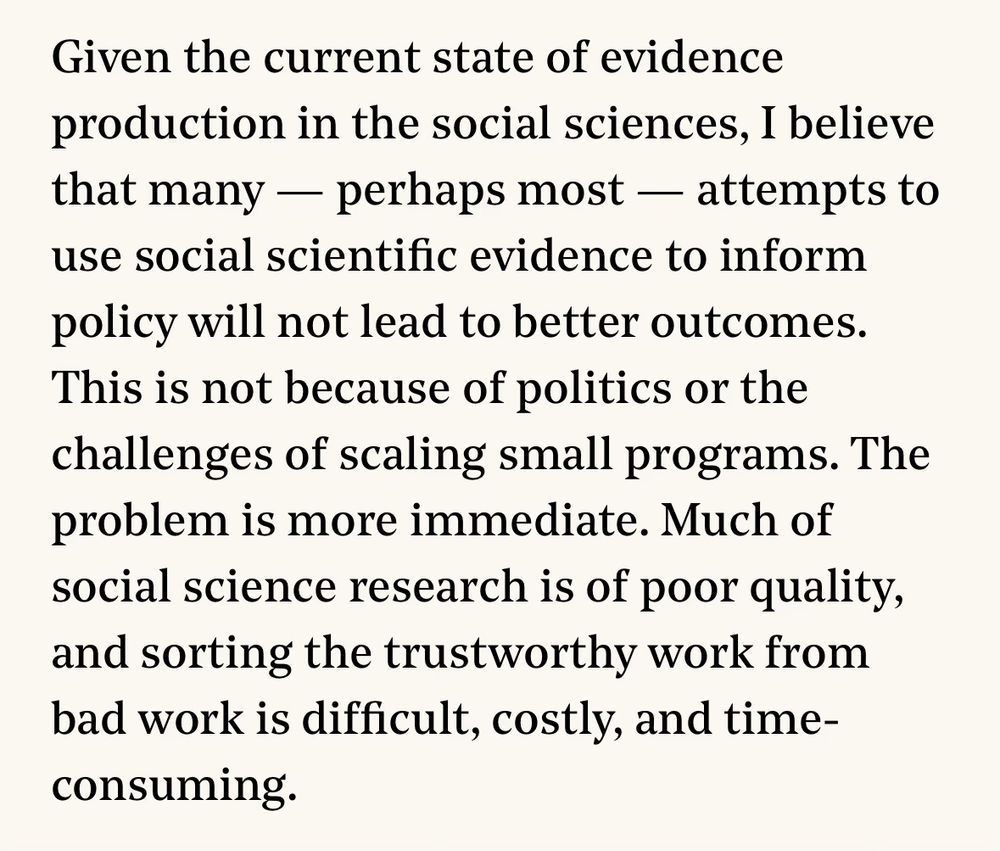by Martin Kolk
by Martin Kolk
www.svtplay.se/video/KZmQoQ...

by Martin Kolk — Reposted by: Anna Rotkirch
Reposted by: Martin Kolk
by Martin Kolk
doi.org/10.1007/s111...

by Martin Kolk
by Martin Kolk
by Martin Kolk

by Martin Kolk

by Martin Kolk
by Martin Kolk

by Martin Kolk

by Martin Kolk

by Martin Kolk
by Martin Kolk
by Martin Kolk
doi.org/10.1007/s111...

by Martin Kolk — Reposted by: Andreas Bergh
by Martin Kolk
Among Swedish men and women, employment has decreased, but much less.
Different time series 2005-2024 (with different age categories)

by Martin Kolk

by Martin Kolk
There used to be near-universal employment among Swedish men, with Swedish women nearly catching up in the 1980s.
Swedish labor force survey, age 35-44.

by Martin Kolk — Reposted by: Vegard Skirbekk
by Martin Kolk
www.dn.se/debatt/hoj-b...

by Martin Kolk
Reposted by: Martin Kolk
www.demographic-research.org/articles/vol...
@martinkolk.bsky.social

Reposted by: Martin Kolk
If not, don't worry, I have something better for you!
Check out this comic by the amazing @lizahaart.bsky.social
Complete comic: communities.springernature.com/posts/are-we...
Or in this thread 👇🏾

Reposted by: Martin Kolk, Andrea Cattaneo

by Martin Kolk
www.svd.se/a/4BpQ96/for...

by Martin Kolk
by Martin Kolk
Register data reveal that wedding linked conversions sustain high endogamy even in secular societies.
Full open access preprint at:
doi.org/10.17045/sth...
by Martin Kolk
